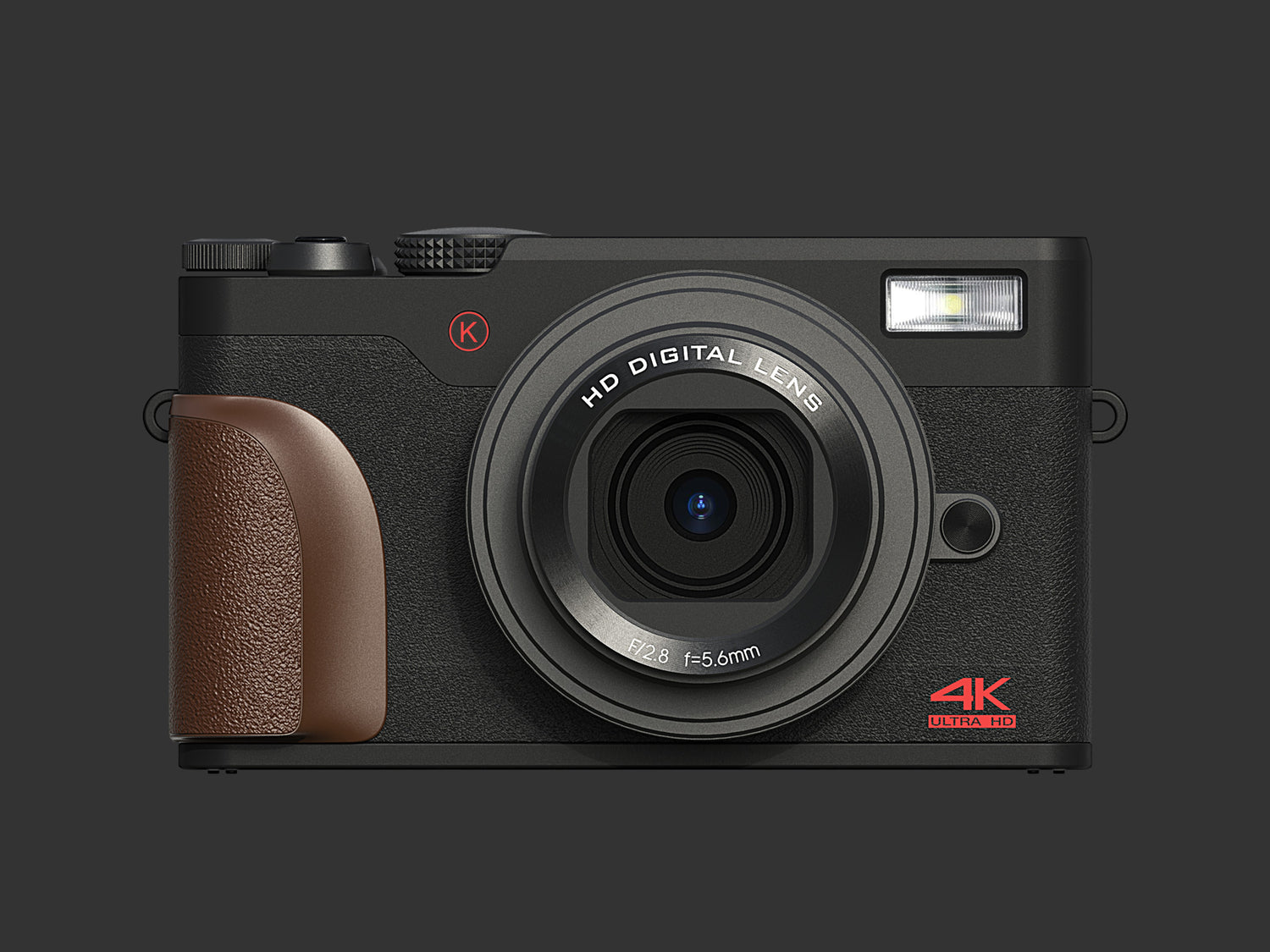In recent years, smartphone photography has made significant strides, and camera and lens prices have become more affordable. These changes have lowered the barriers to entry for photography. However, despite the ease of taking a photo with just a tap, photography remains a technical skill. In this article, I'll introduce five common photography techniques to help readers take photos they love.

Blurring (Bokeh):
Blurring, also known as bokeh, involves using a shallow depth of field to blur the foreground or background (typically the background), creating a layered effect that makes the subject stand out. This technique adds a sense of "high-end" quality to your photos, especially in still life and portrait photography. The factors influencing blurring include aperture, focal length, and camera position. A larger aperture and longer focal length enhance the blurring effect, making it a go-to technique for achieving a distinct bokeh.
Long Exposure:
Long exposure, also known as slow shutter photography, captures the movement of objects by using a slow shutter speed. This technique produces effects that the human eye cannot naturally see, such as light trails in cityscapes. It also allows for low ISO shooting in dim environments, ensuring clear and sharp images. To achieve a successful long exposure, maintaining camera stability is crucial, so using a tripod is essential. Additionally, use a small aperture (F8-F11) and keep ISO low (e.g., ISO 100) to ensure image clarity without compromising on quality.

Bird Photography Tips:
Earlier, we discussed using long exposure with a slow shutter speed to capture the movement of objects. Conversely, to freeze motion in an instant, you'll need a fast shutter speed. This technique is essential for capturing subjects like pets, children, sports events, and wildlife. Mastering the use of a fast shutter speed is crucial for these types of photography.
To capture fast-moving subjects, use a high shutter speed and continuous autofocus. This technique helps freeze the motion of birds, ensuring sharp images.
HDR (High-Dynamic Range):
Many people have heard of the term HDR but may not know what it means. HDR stands for High-Dynamic Range, a technique that combines multiple exposures to ensure both the dark and bright areas of a photo have rich details. This method is frequently used in landscape photography, especially in scenes with a high contrast between light and dark areas.
In HDR photography, besides ensuring exposure is adjusted in full stops, it’s crucial to keep the aperture and ISO constant. The aperture should remain fixed to ensure consistent depth of field across all photos, while the ISO (usually kept low) should stay the same to maintain uniform image clarity. This consistency is essential for achieving the best image quality when combining the photos in HDR.
HDR involves combining multiple exposures to capture more details in both bright and dark areas of a scene. This technique is useful for scenes with high contrast, like landscapes with bright skies and dark foregrounds.
Backlight Photography:
When dealing with strong backlighting, adjust the exposure compensation to properly expose the subject. This prevents the subject from appearing too dark against a bright background.



Leave a comment
All comments are moderated before being published.
This site is protected by hCaptcha and the hCaptcha Privacy Policy and Terms of Service apply.